A telescope mount is actually used to support the telescope. Astrologers use a telescope for astrophotography to see distant objects, especially in the sky. It has two main functions; firstly, it holds the telescope and then rotates it at one fixed spot, and this could help capture fixed stars in motion due to the rotation of the Earth. It can operate manually as well as with computerized technology.
For the perfect results of your telescope, a tripod, which has four legs to support the telescope and the mount, is necessary. Therefore, a telescope alone can’t do the perfect job. A telescope tripod mount is always an important component of a telescope setup. You must place the mount on the head of the tripod.
Now, you don’t need to hold the telescope in your hand. A telescope measures some vibrations, which can affect the smoothness of astrophotography. Adjusting this can be a complicated task, but a telescope mount can do this work efficiently.
Table of Contents
Different Types of Telescope Mounts: Understand Its Purpose
In this guide, we will tell you about different kinds of telescope mounts and their pros and cons. We will also give you some recommendations about what to consider while purchasing your first telescope mount for your telescope.
There are several different types of telescope mounts. But the two major types are:
- Azimuth mounts
- Equatorial mounts
Altitude-Azimuth Mount
Altitude-Azimuth is also known as altazimuth or alt-az – altitude meaning a vertical position, while azimuth is a horizontal position therefore known as altazimuth. This telescope mount is simple and has an easy setup. People used it as an alternative to an equatorial mount, but it was not that good because it cannot track the night sky and deep sky.
This telescope mount follows a slow-motion and provides you a smooth tracking with Micro-Motion Altitude. These types of mounts are used mainly for tellurian observation. When you are observing motion at the telescope, the body doesn’t move; only the view of the telescope moves slowly for smooth photography. You can move your head to see the view.
Altitude-Azimuth is bad at astrophotography because when the Earth moves, you can’t see the stars properly, and to do so, you need to control both the axes. And if you try to adjust them at night, it can blur your images badly. You can’t track stars even if you adjust both axes. You can only do this with the help of long exposure photography, which an altazimuth can’t do.
When new tracking technologies came, people began to use these telescope mounts more often. Digital tracking has made this telescope mount popular. This telescope mount has adjustable tripods and is affordable. Furthermore, it is adjustable with small telescopes.
We also have Dobsonian mount as an alternative to altazimuth.
Dobsonian Mount
A Dobsonian mount is a mutation of altazimuth. John Dobsonian invented this telescope in 1970. This mount is ideal for much larger telescopes. It is a large box that is placed on a rotating plate; with this feature, your telescope can move in a circle and take in the view of the overall sky.
Dobsonian is a reflector telescope mount. Hence, it uses a concave mirror instead of lenses. The light is focused by the large mirror and then sent back to the viewing area through the small mirror.
Dobsonian telescope mount is usually known as a box of light. Many astronomers have made their own Dobsonian mount. Its construction is very easy. Just cut two circles that are to be attached with scope rings. Cut the front side of the azimuth board.
Calculate the width of the board from where altitude bearings will adjust. Place a Teflon pad and an old recorder for azimuth bearing. Make a hole in the center of a board and insert a bolt between the board and the recorder. Stick all the boards together. Attach some screws with rubber pads and handles on sides to carry easily on the bottom for support.
It has no chromatic aberration and is best at large apertures. This telescope mount works at low magnification and performs well on deep sky and night sky. It can easily capture moving objects and fixed stars when the Earth moves. However, it doesn’t track it automatically, and you need a tracking device.
Equatorial Mount
For the night movement in the night sky, the astrologists prefer to use the equatorial mount for tracking. It is not the telescope that is for tracking, but it is actually the equatorial mount.
This telescope mount is very difficult to use and has a quite complex setup. It has two axes; one is under the white tube shape telescope, and when you hold it and twist it, it will rotate. The other axes are on the black square under the telescope. This telescope mount comes in both reflector and refractor telescopes. An equatorial mount has an awesome ability to attach the telescope at a fixed spot and keep the axis speed constant.
An equatorial mount is better than azimuth mounts because it can take clear photos because of its extended exposure. There are different types of telescope mounts, but the equatorial mount has a visual observing quality and is therefore superior to others. The azimuth mount can rotate on two axes, but the equatorial mount can rotate according to the movement of the Earth. They can keep the celestial motion of the objects without losing their position.
With the azimuth mount, you can see objects at low power, and when you try to set the axes for the deep sky, the object will vanish, but the equatorial mount is ideal for speedy moving objects. It can easily capture celestial objects as it has a visual observing power.
Now, let’s see how we should use this mount. It should be appropriately aligned to rotate it in the night sky. To balance, use a counterweight to the right axis. Set the distance and lenses also. The setting circle is incorporated with two discs. The right ascension shows the hours, minutes, and seconds, whereas the declination shows angle measurements.
There are two types of equatorial mounts.
German Equatorial Mount
The German equatorial mount is another version of the equatorial mount. It comes in a T-shape, and the right axis is on the low side, whereas the left axis is on the top. Most mounts have a design that allows them to fit on the same types of telescopes, but you can fix the German equatorial mounts on multiple telescopes – both as a reflective and refractive telescope.
German equatorial mount is called GEM in short form. It can track a moving object with a constant speed that is parallel to the Earth’s axis. Additionally, it can track the objects with high magnification power, and, therefore, astrologers prefer it. It can easily track the objects, but for its better performance, it has PEC (Periodic Error Correction), which can remove minor mistakes during tracking.
The telescope and counterweight, which are used to manage the weight of the telescope and other accessories, are on the right axis and are parallel to the Earth. The second axis is known as the declination axis, which is held opposite to the right axis.
The alignment of the rotation earth axis and right axis is necessary to maintain the balance. This is called polar alignment. For this, we just need to place the mount towards the north and set the declination on the mount. And then, we are done with polar alignment. As the distance between the axis and the telescope is less, the telescope will remain in balance, with fewer chances of vibrations. You can use several kinds of instruments on the German equatorial mount.
A German equatorial mount is costly compared to a fork mount. But it is more accurate, and its features are according to the price. It is a little challenging to set it up, and it takes more time.
Fork Mount
A fork mount is a newly designed telescope mount. Its shape is like a fork, and the telescope is placed in between the tongs of the fork. Fork mount has an easier set up as compared to the Germanic equatorial mount. Forkhead moves around the axis, and it can also go into an equatorial form, moving on a polar axis parallel to the Earth.
The fork mount has now become a go-to flexible and computerized telescope mount. People can operate it without a computer, but this is for its perfect performance. They have a motor drive in the axis, mostly used in azimuth. Through this computer technology, azimuth began to give a full star tracking. The telescope won’t move, and the computer will continuously be checking the speed of both axes.
The range of the eyepiece of the fork mount is too low. Alignment is important, but it is not essential that it should have polar alignment. It has a very easy setup. At azimuth mode, you just need to fix the mount on the tripod. It has an awesome quality to track to the meridian, unlike other mounts that have specific directions to move.
The fork mount is not as stable as the German equatorial mount because the axis is short. Also, the weight of the fork mount is less and is not much stable.
How To Choose Your First Suitable Telescope Mount
You must be very excited about your first telescope mount, but at the same time, you may be confused about selecting the ideal mount that is perfect for your telescope. In the market, there are many brands of different types of telescope mounts with different features and prices. This is a buying guide for you to choose the best mount for your telescope. There are few things you should consider before buying a mount for your telescope.
Mount Should Be Portable
It is important to know how portable your mount is. It depends upon where you take your mount; if you are going far for the night sky site, you may take an equatorial mount with you, which is quite heavy.
For tracking purposes, a lightweight azimuth will be more portable. And if you don’t want to take any heavy things with you, you also need a lightweight telescope.
Type of Visual Observing
You should select your mount according to the site you are going to observe. If you want to observe faint objects, then you need a lightweight mount that is inexpensive and portable also. For example, the Dobsonian mount is for faint objects view.
If you want to capture a big object, you need a high magnification mount that can give clear results; then, you should go for an equatorial mount.
Size of the Telescope Mount
You should check the size of your telescope; some mounts are for big telescopes and others for small ones. It’s of no use if your telescope doesn’t fit in with the mount. Many mounts and tripods are easily adaptable to all kinds of telescopes and cameras, so select an adaptable mount that is ideal for your telescope.
Check the Vibrations Made by the Telescope
When the telescope is on the site and moves, it produces vibration, which can blur your images. A mount is necessary to control these vibrations. Make sure your mount can easily overcome these vibrations.
Adapted To Astrophotography
As it’s your first telescope mount, make sure that you can use it for astrophotography in the future. And if you buy a new telescope in the future, can your mount adapt this telescope or not? Keep all these factors in mind.
Final Thoughts – Have You Made Up Your Mind?
I hope this informative article will help you know what a telescope mount is, different types of telescope mounts, and how you can choose one for your telescope.
By looking at all the telescope mounts, we concluded that the azimuth and Dobsonian mounts are best for newbies. However, for professional astrophotographers, an equatorial telescope mount or German equatorial mount is a good option.

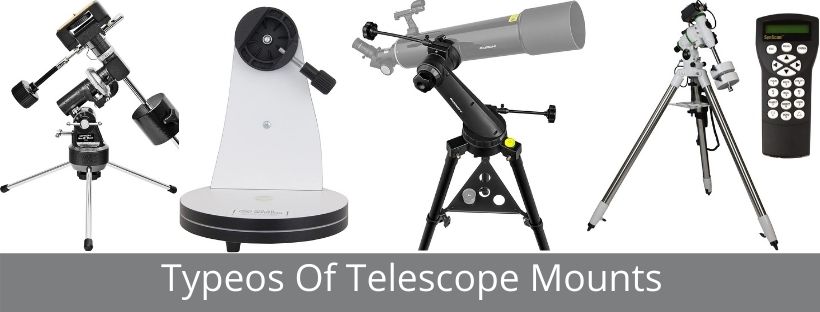
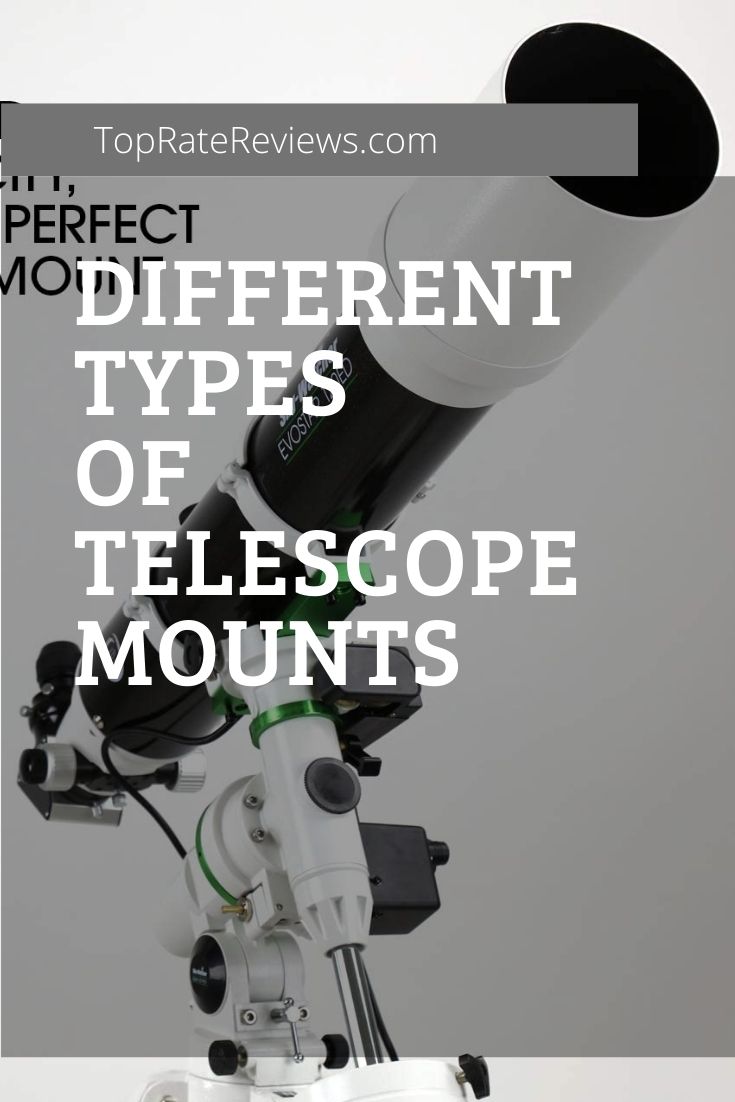
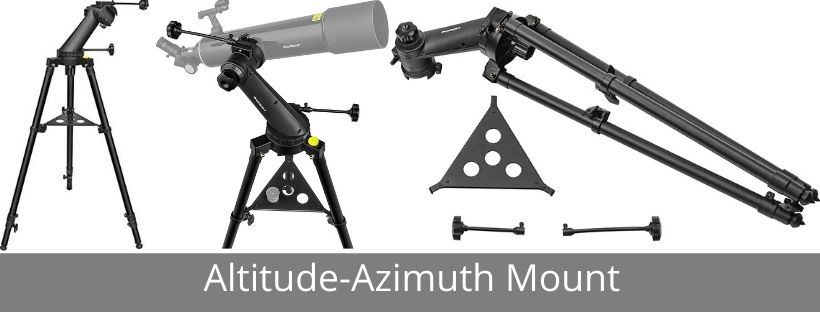
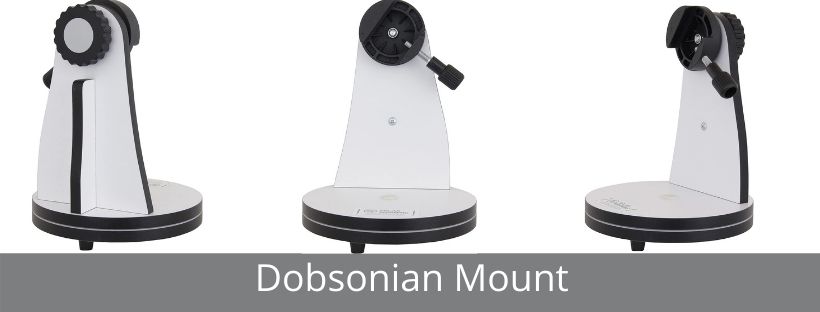
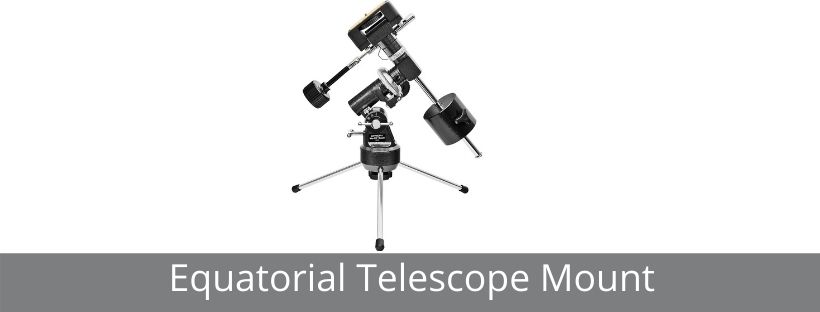
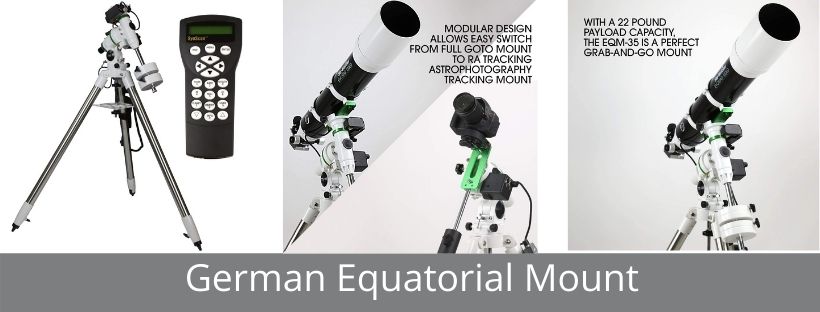
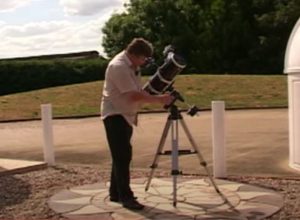
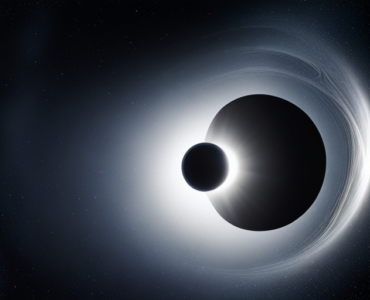

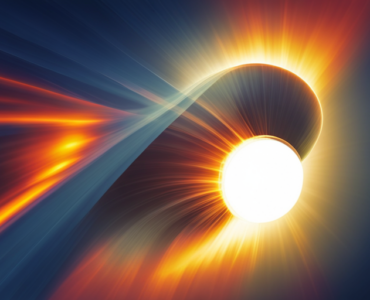





Add comment